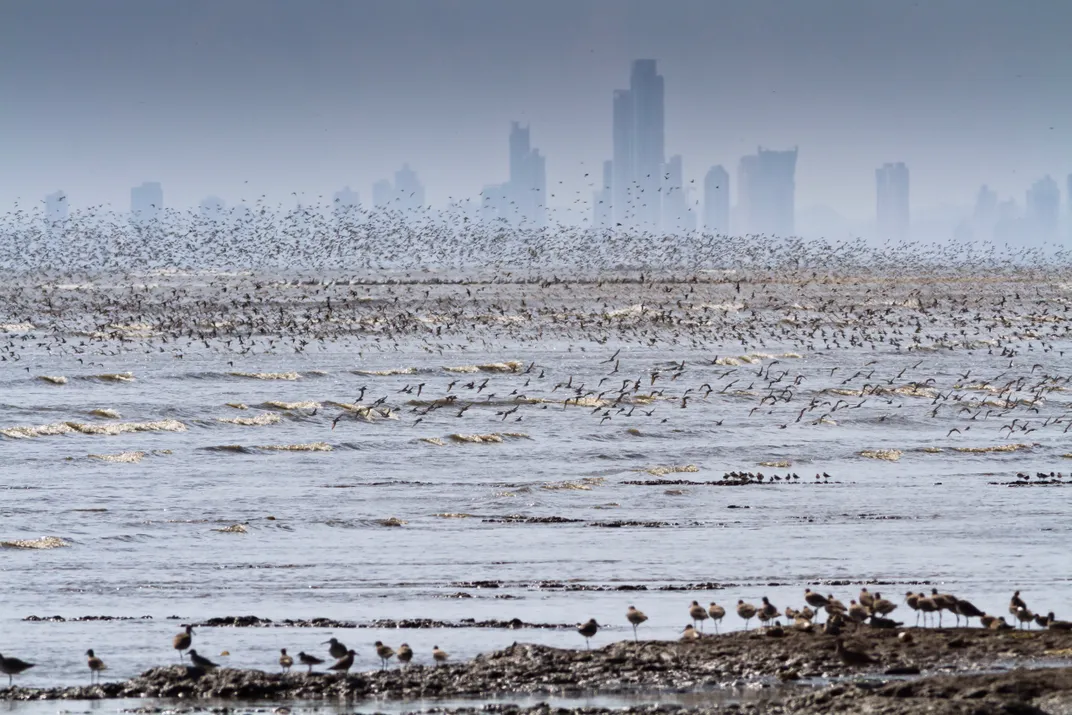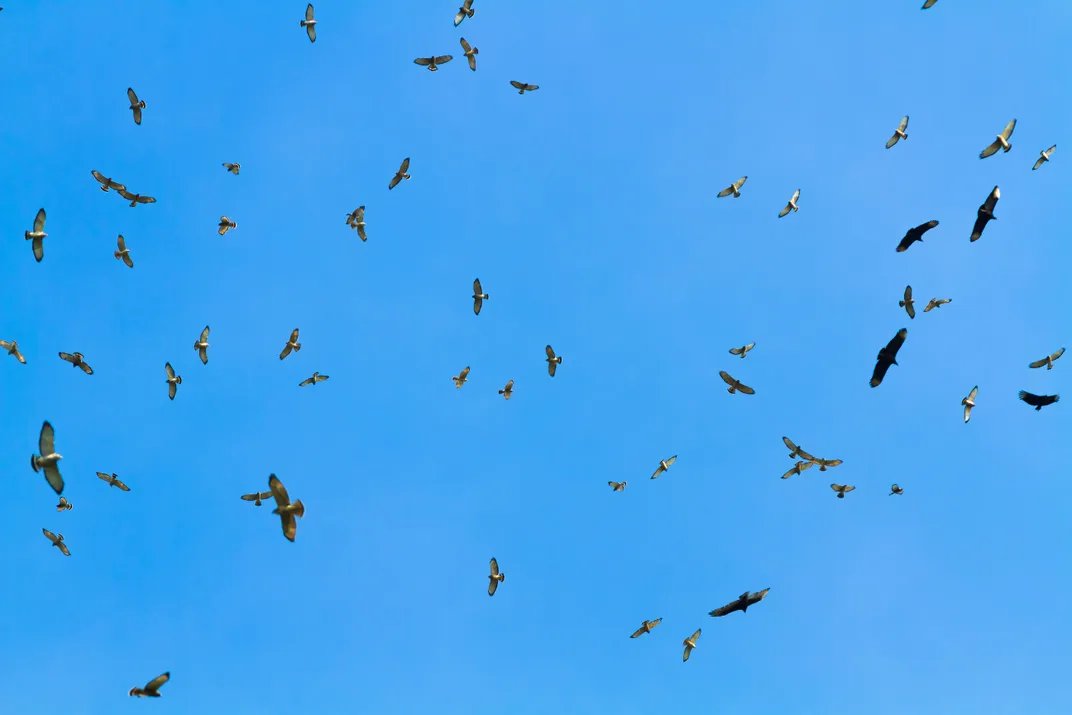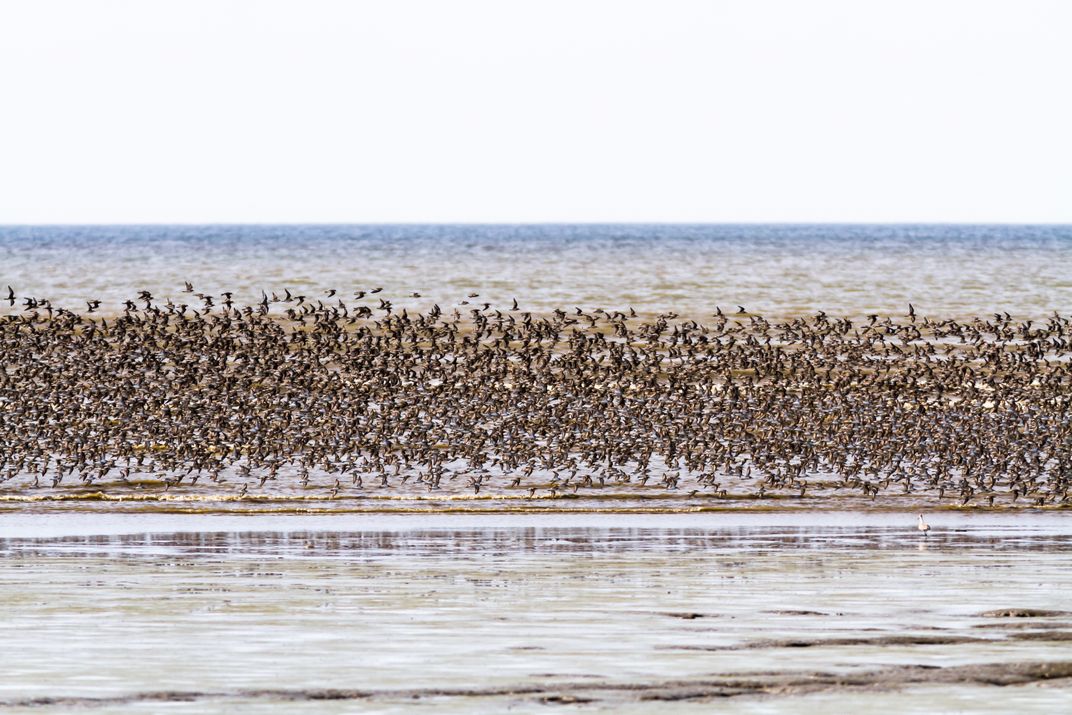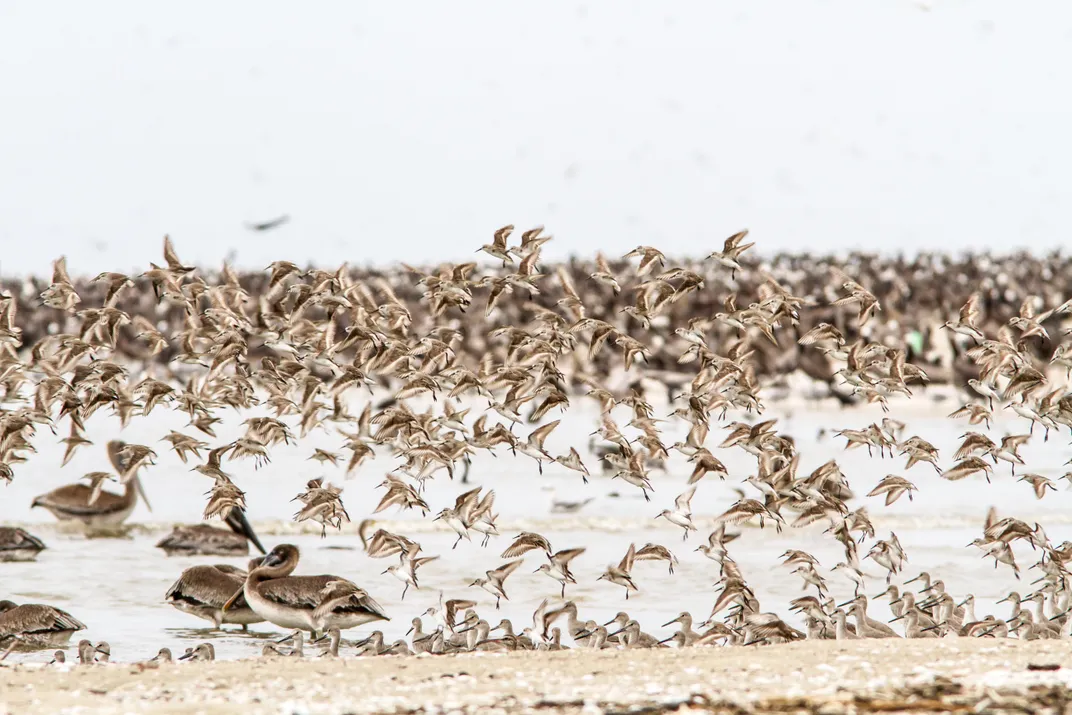New Documentary Delights With Spectacular Visuals of the Panama Isthmus, A Migratory Superhighway
Scientists from all over the world come to the Smithsonian Tropical Research Center to study this unique region
When it emerged from the sea three million years ago, the land that comprises Panama changed the world—dividing two oceans while connecting two continents that had been separated for 70 million years. The bridge also allowed the movement of species between North to South America. Squirrels, rabbits, otters, raccoons and sparrows made the trek from north to south. Up from the south to the north came possums, porcupines, hummingbirds and parrots, among others.
Today, while there is evidence of some animals still slowly advancing South for the first time, the isthmus is a singular location to see and study annual migrations of millions of birds, mammals and reptiles. But as pointed out in the new Smithsonian Channel documentary premiering this week, “Panama’s Animal Highway,” this merry isthmus, an essential land bridge only 30 miles wide is under threat from vanishing forests, rising sea levels and increasing industrialization.
Scientists at the Smithsonian Tropical Research Institute in Panama have been studying migratory patterns and counting creatures as they go by. The Sea Turtle Conservancy helps leatherback sea turtles, which can range up to seven-feet long and weigh two tons, in laying eggs on shrinking beaches due to rising sea levels.
Attaching tracking systems to the turtles, as depicted in the documentary, allows researchers to receive precise information for the first time of exactly where the large sea turtles go on their annual wide-ranging migratory path, a range they’ve discovered extends all the way up to the Gulf of Mexico.
Trackers the size of a paper clip are seen being attached to the wings of prothonotary warblers, whose population has dropped 40 percent since the 1960s because of the disappearance of its breeding habitats of swamps and forested wetlands.
And George Angehr of the Smithsonian Tropical Research Institute in Panama City keeps an annual lookout for migratory raptors—turkey vultures, broad-winged hawks and Swainson’s hawks—that fly by in great numbers at the end of October. “It’s very erratic,” Angehr says via Skype from Panama. “We’ll have days with nothing, and then days where our maximum has been over 2 million birds.
“I have very experienced counters,” he says. “They have been doing this for more than ten years, and they’re quite practiced. I’ve done it myself to some extent, but it’s very difficult. You have to estimate the numbers. They count in groups of 100s. When we have a really big day, we try to get several counters, so they can cover the whole sky.”
And even then, they can miss them.
Numbers “can vary from year to year because of wind patterns; sometimes they’re flying so high that they’re up in the clouds; sometimes weather may cause them to stop before they get to Panama.”
But Panama is a great place to count them because it is such a tight bottleneck between the two continents. “They have to migrate over land,” Angehr says of the raptors. “They depend on heated rising air over the land. They can’t migrate at night, they can’t migrate when it’s raining or heavily overcast. And this is the narrowest point of their migratory path.”
Environmental changes haven’t affected the birds as much as other species, such as those followed by Roland Kays, a zoologist and wildlife biologist at the North Carolina Museum of Natural Sciences and North Carolina State University. He’s seen in the documentary using cameras to track both jaguars, which thrive in the woodlands that are being cut back by Panamanian agriculture, and coyotes, which are just making their way into some of Panama—just as other species did millions of years ago when the continents connected.
“A lot of it is spatial ecology, —looking at where they go and what influences where they go,” Kays says by telephone from North Carolina, the day before another trip down to Panama. “The technology changes a lot over the years, so we try to keep up and use the latest technology. These days, it’s a lot of camera traps.”
Affixed to areas where the animals are likely to go, the camera “traps” are motion-generated to shoot digital pictures or video—color by day and infrared flash at night—as the animals go by.
It’s quite a change from when Kays first began doing studies in Panama in 1993.
“There was no GPS, so when I’d go wandering around the forest at night chasing animals, I had to use a compass and count my steps, then go back and retrace my steps on a map to figure out where I was. So, I have notebooks and notebooks of compass bearings and step counts.”
He began using digital camera traps in 2008. “There were some people using film camera traps before that,” Kays says, “but they were just very limiting, because you’d get 36 pictures and then you were done.
“Now, instead of just 36 pictures on a roll of film, you’re getting 3,600 pictures,” he says, so it becomes an issue of managing the database. As such, Kays maintains a project with the Smithsonian called eMammal, which he calls the largest mammal data repository in the world. “It started in Panama, and is now a global thing.”
Kays says he hopes the documentary will show how Panama “is an important corridor for the world to maintain, and that it’s worth investing in. I hope the people of Panama realize as well what a unique position they’re in. There is still a lot of great forest, and a lot of great jaguars and they should step up and protect it.”
“Panama’s Animal Highway” premieres Wednesday, Dec. 13 at 8 p.m. ET/PT on the Smithsonian Channel.
/https://tf-cmsv2-smithsonianmag-media.s3.amazonaws.com/accounts/headshot/RogerCatlin_thumbnail.png)






/https://tf-cmsv2-smithsonianmag-media.s3.amazonaws.com/accounts/headshot/RogerCatlin_thumbnail.png)